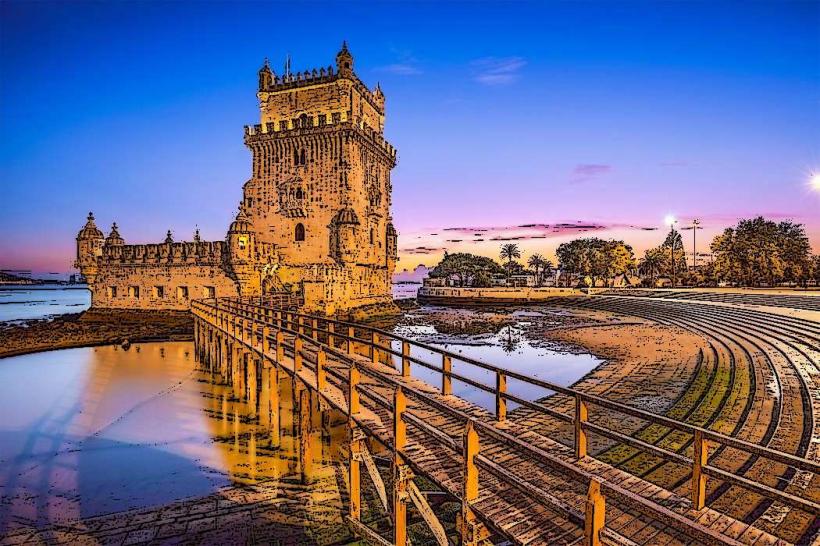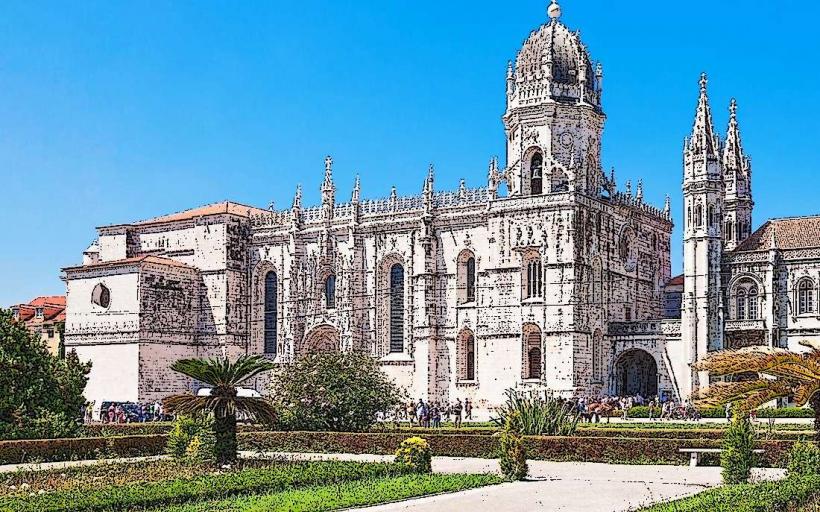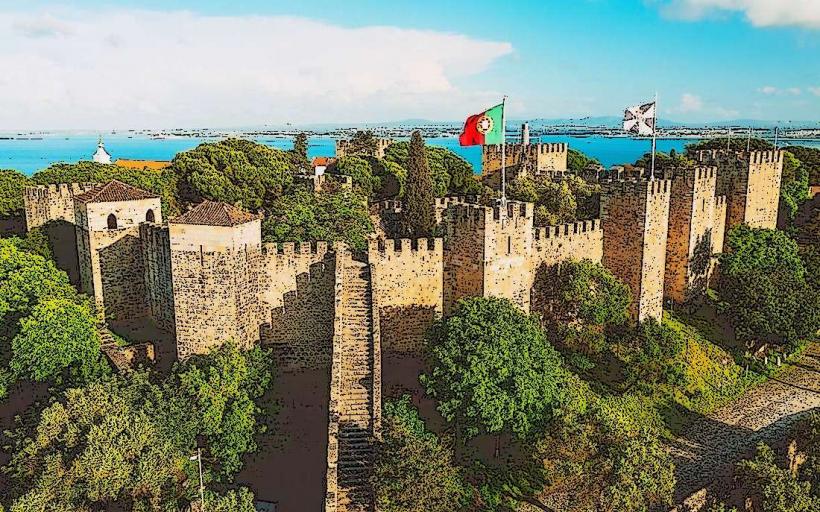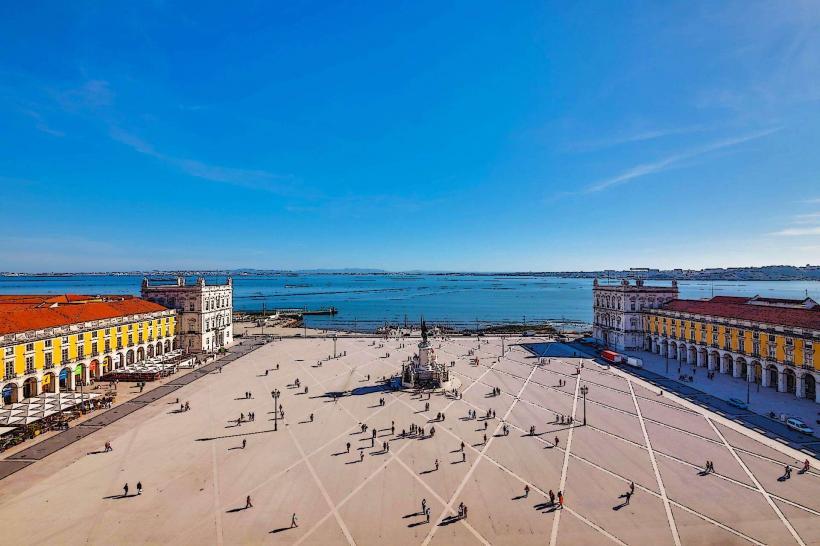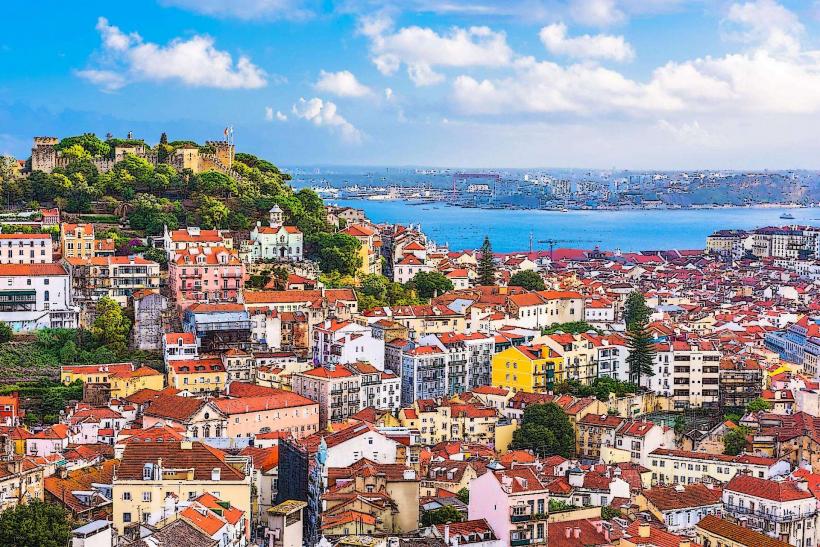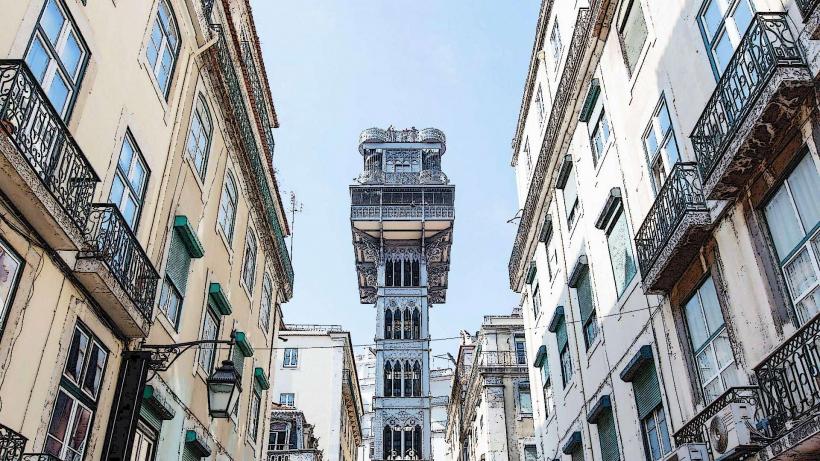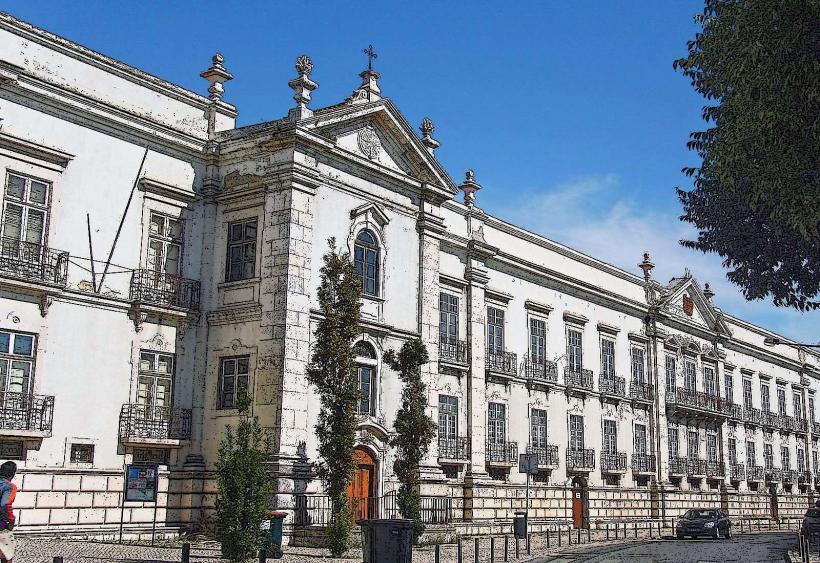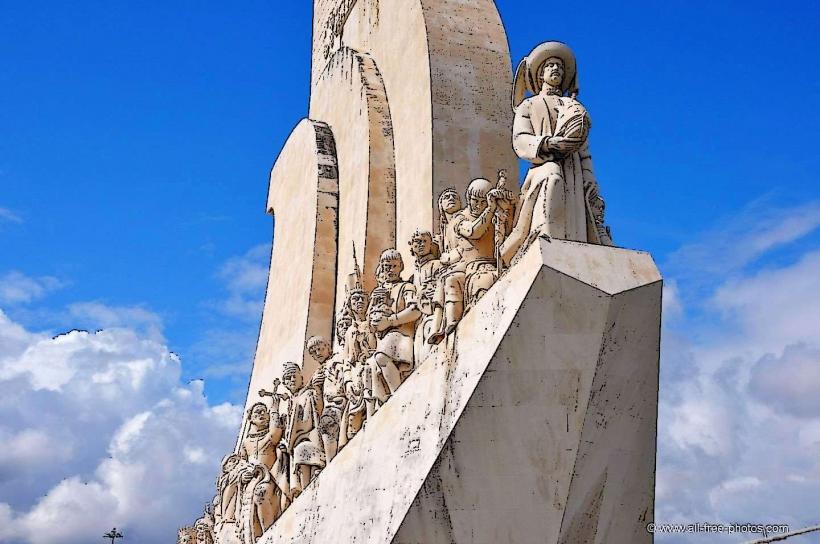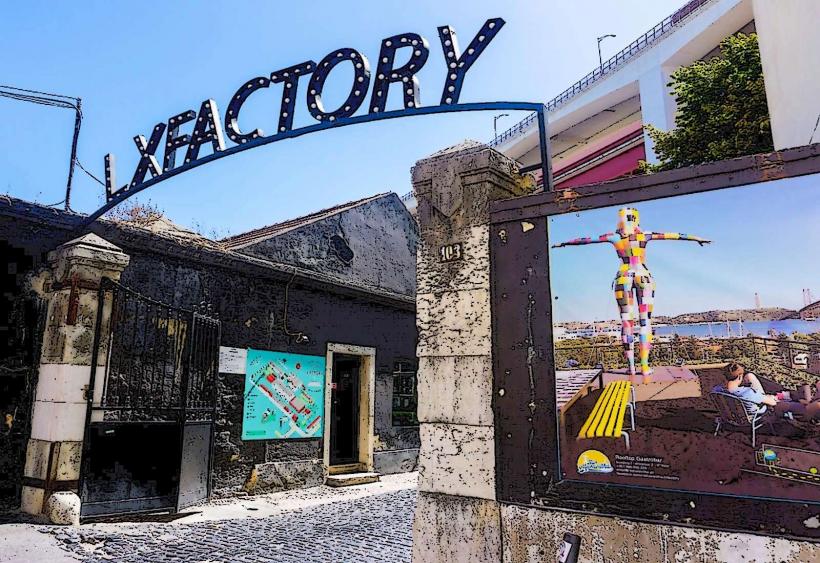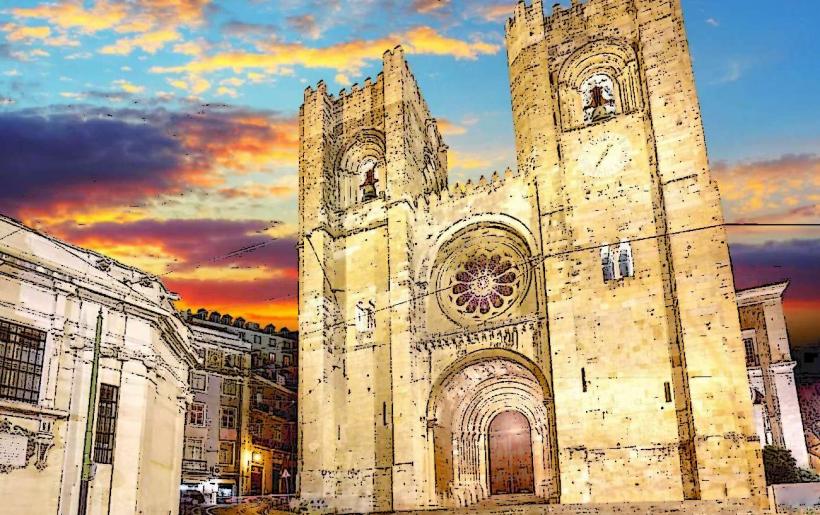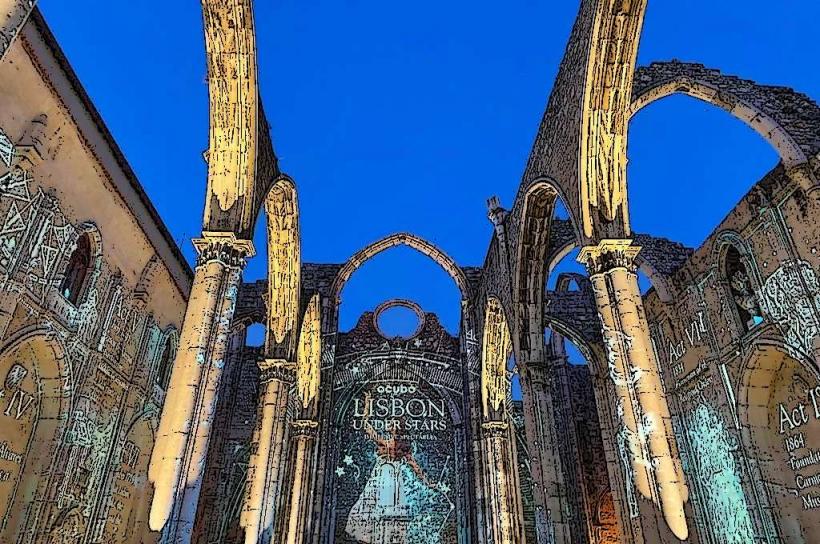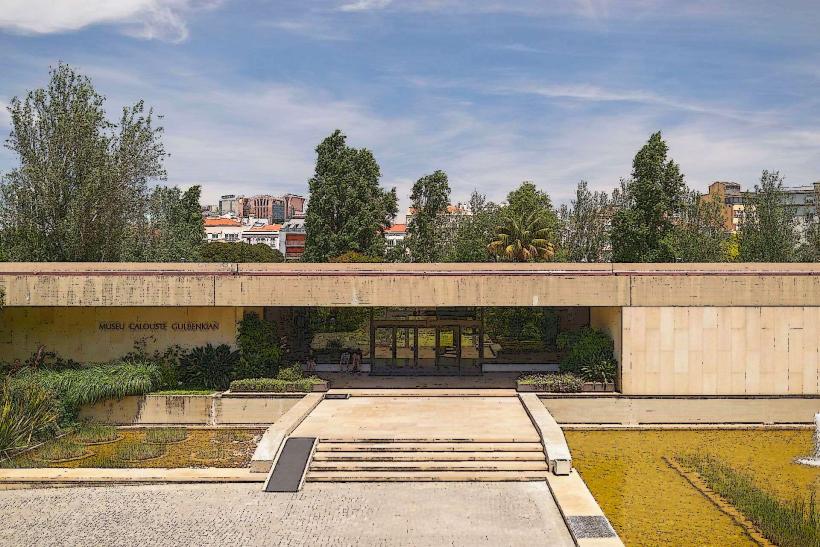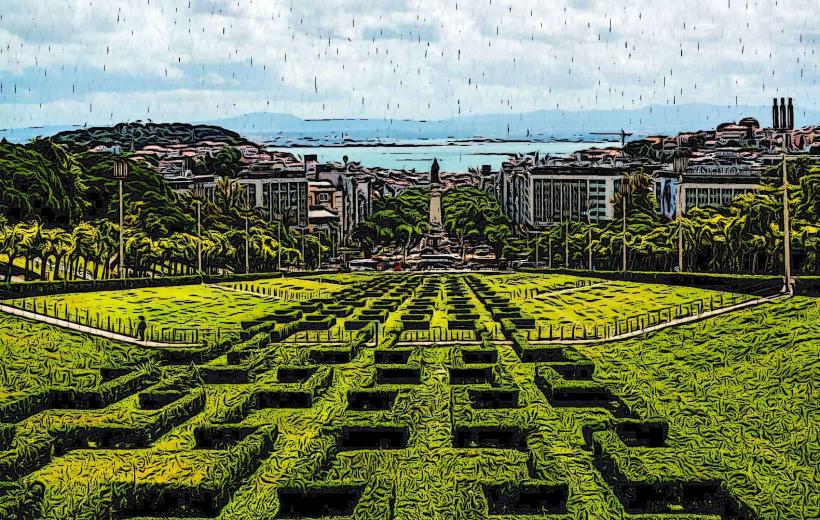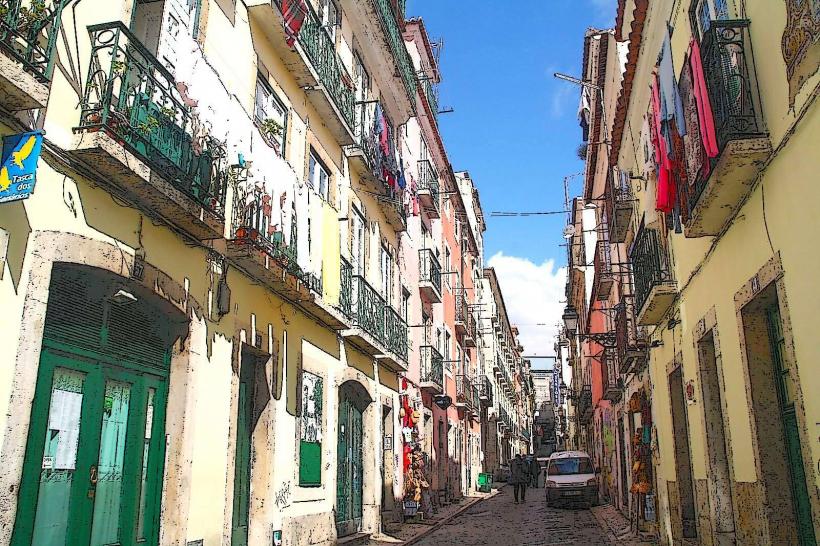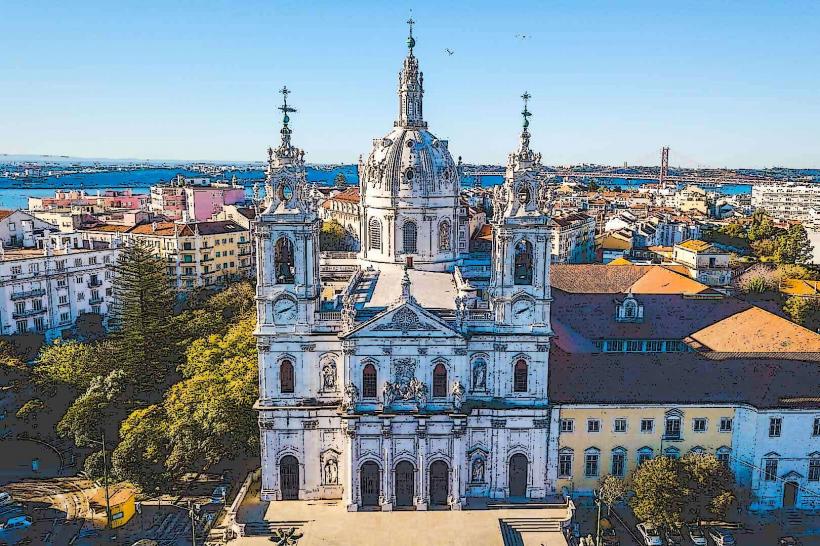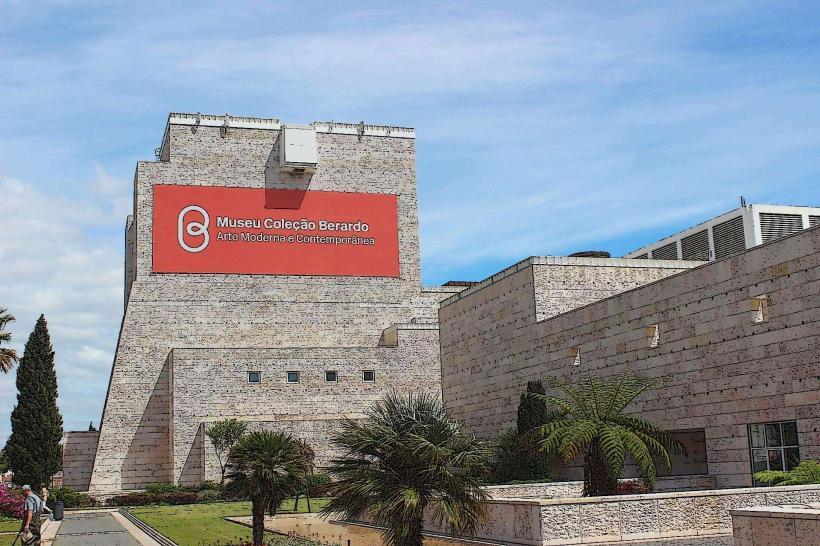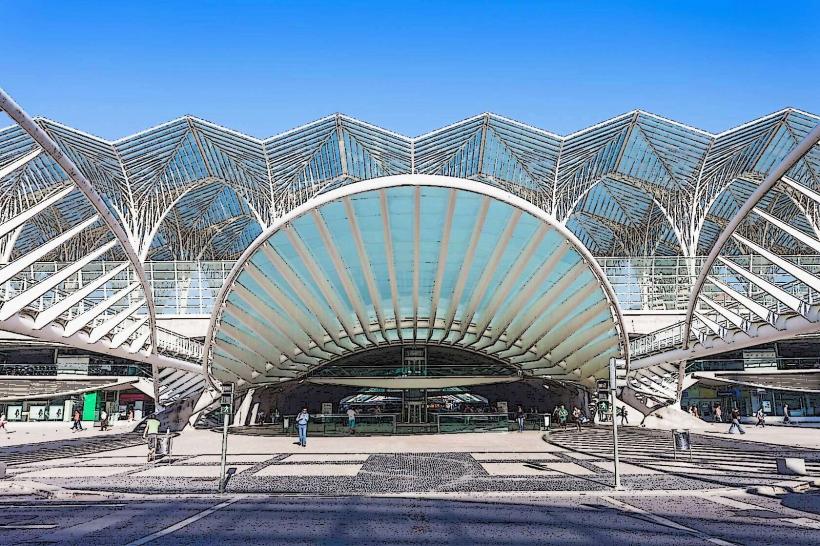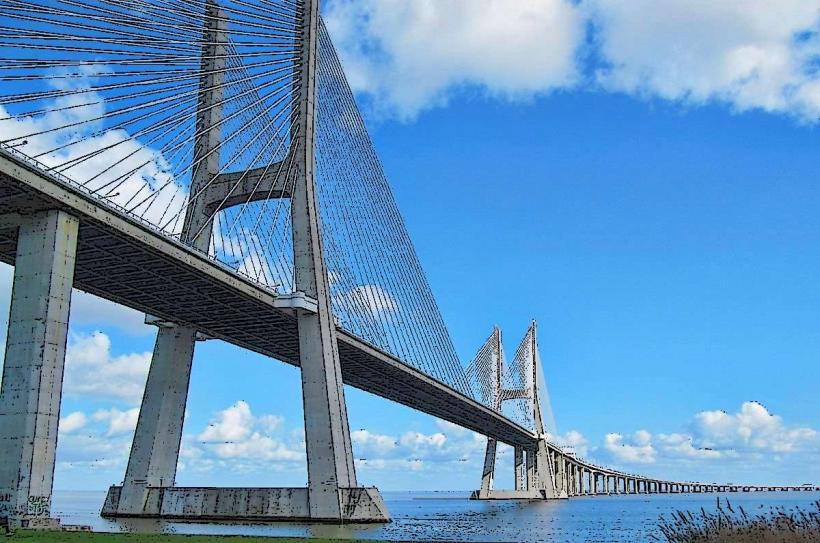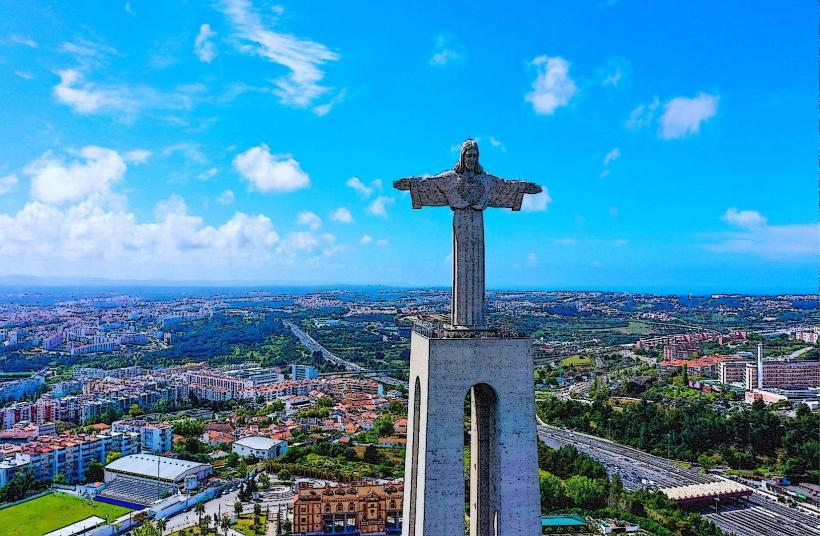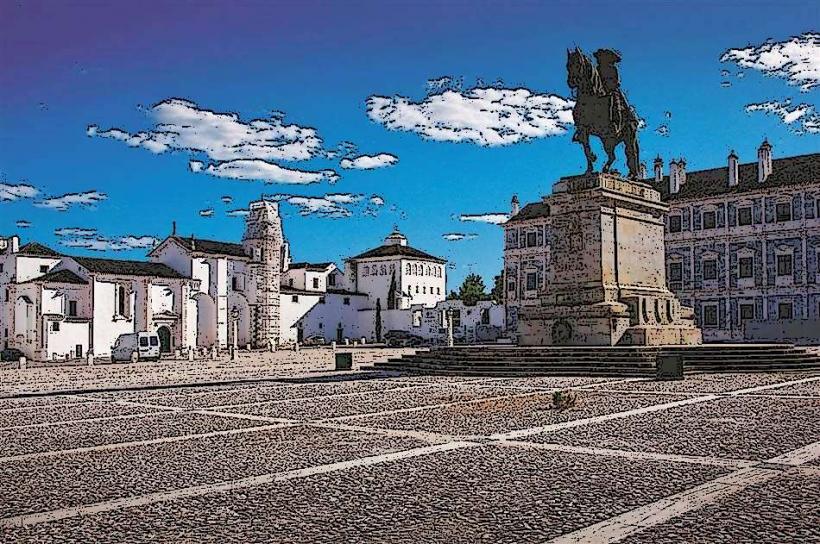Information
Landmark: National PantheonCity: Lisbon
Country: Portugal
Continent: Europe
The National Pantheon (Panteão Nacional) in Lisbon is one of the city’s most significant monuments, both architecturally and historically. It is a place of reverence, where many of Portugal's most important figures are buried. The Pantheon, which originally started as a church, now serves as a national shrine and a symbol of the country’s heritage, honoring some of its most notable leaders, intellectuals, and cultural figures.
1. History
- Origins as Church: The building that is now the National Pantheon was originally constructed as the Church of Santa Engrácia in the late 16th century. King Philip I of Portugal (Philip II of Spain) ordered its construction as part of a project to replace the earlier church on the site. The church was meant to honor Santa Engrácia, a Christian martyr.
- Incompletion for Centuries: The construction of the church faced several setbacks, including financial difficulties, political unrest, and a devastating earthquake in 1755. The building remained incomplete for more than two centuries. It was only in the 20th century that the church was finally finished and transformed into the National Pantheon.
- Becoming the National Pantheon: In 1916, the church was officially designated as the National Pantheon, and it became the final resting place of prominent Portuguese figures. It was also at this time that the building’s function shifted from a religious space to a national monument.
2. Architecture and Design
- Baroque Style: The National Pantheon is a prime example of Baroque architecture, characterized by its grand proportions, dramatic use of space, and elaborate decoration. The church was designed by the architect João Antunes and features a classical façade with colossal columns, a large dome, and intricate detailing. Despite its slow construction process, the building is considered one of the best examples of Baroque architecture in Portugal.
- Main Facade and Dome: The façade of the National Pantheon is impressive, with two towers flanking the entrance, giving it a monumental presence. The large dome is one of the most distinctive features of the building, and it dominates the skyline of the Alfama district. The dome is intricately decorated with frescoes and paintings, adding to the grandeur of the space.
- Interior: The interior of the Pantheon is equally magnificent, with its vast central nave leading to the altar. The building is adorned with marble floors, stained-glass windows, and ornate altarpieces. The central part of the Pantheon features a rotunda, surrounded by grand columns and intricate carvings. The dome is richly decorated with frescoes, offering a breathtaking visual experience.
- Crypt: Beneath the dome is the crypt, where Portugal’s most esteemed individuals are buried. The crypt is a serene and somber space, designed to reflect the solemnity of the people interred there.
3. Burials and Historical Significance
- The National Pantheon is the final resting place of many important figures in Portuguese history. Some of the notable individuals buried here include:
- Amália Rodrigues: The famous fado singer, widely regarded as the queen of fado, who played a pivotal role in popularizing Portuguese traditional music.
- Vasco da Gama: The renowned Portuguese explorer and navigator who led the first expedition to reach India by sea.
- Eça de Queirós: One of Portugal's most influential novelists, considered one of the greatest literary figures of the 19th century.
- Otelo Saraiva de Carvalho: A key figure in the Carnation Revolution of 1974, which peacefully overthrew the dictatorship in Portugal.
- José de Alvalade: A key founder of Sporting Clube de Portugal, one of the country's major football clubs.
- Teófilo Braga: A prominent writer, intellectual, and political figure who served as President of the First Portuguese Republic.
4. Role and Function
- National Memorial: The Pantheon functions as a national memorial and is a site of national importance. It represents Portugal’s history and is a place where people can pay tribute to those who have contributed significantly to the country’s development.
- State Ceremonies: The National Pantheon also serves as the venue for official ceremonies, such as funeral services for prominent political figures and state commemorations. In addition, national holidays, such as Portugal Day, may feature events or remembrances held here.
- Tourism and Education: As a historical monument, the National Pantheon is a popular tourist attraction. Visitors come to admire its stunning architecture, explore its crypt, and learn about Portugal’s history through the figures buried there. It’s also a place of education, as it showcases the country’s cultural and political evolution.
5. Location and Accessibility
- Location: The National Pantheon is located in the historic Alfama district of Lisbon, perched on a hilltop overlooking the city. The area is known for its narrow streets, traditional buildings, and authentic atmosphere. The Pantheon’s elevated position allows visitors to enjoy stunning views over the surrounding neighborhood and the Tagus River.
- Accessibility: The Pantheon is easily accessible by public transport, including tram, bus, and metro. The Santa Apolónia metro station is a short walk away, and the 28 tram stops nearby, making it convenient to visit from other parts of Lisbon.
- Opening Hours: The National Pantheon is typically open to visitors throughout the week, although it may be closed on specific holidays or for special ceremonies. It's advisable to check the opening hours before visiting.
6. Visitor Experience
- Admission: There is usually a small admission fee for entering the National Pantheon, which helps fund its maintenance and preservation. The ticket allows access to the main church area, the crypt, and sometimes the upper terrace, which offers panoramic views of the city.
- Guided Tours: Visitors can explore the Pantheon on their own or opt for a guided tour to gain deeper insight into its historical significance, the figures buried there, and the architectural features of the monument.
- Panoramic Views: The National Pantheon also offers beautiful views of Lisbon, particularly from the terrace. From here, you can see the winding streets of Alfama, the São Jorge Castle, the Tagus River, and other parts of the city.
7. Summary
The National Pantheon is a monumental building with rich historical, architectural, and cultural significance. As the final resting place of many of Portugal’s greatest figures, it serves as a reminder of the country’s past and its enduring legacy. Visitors to the Pantheon not only experience a stunning architectural gem but also gain insight into Portugal’s evolution through the figures honored within its walls. Situated in the heart of Alfama, the National Pantheon is a must-visit landmark for anyone interested in Portuguese history and culture.

